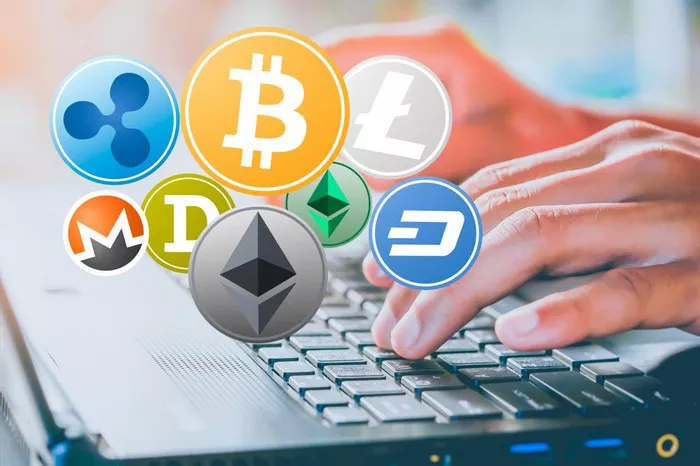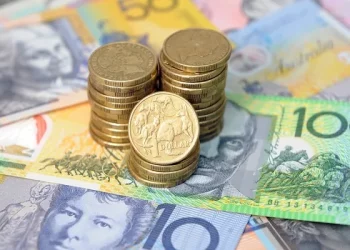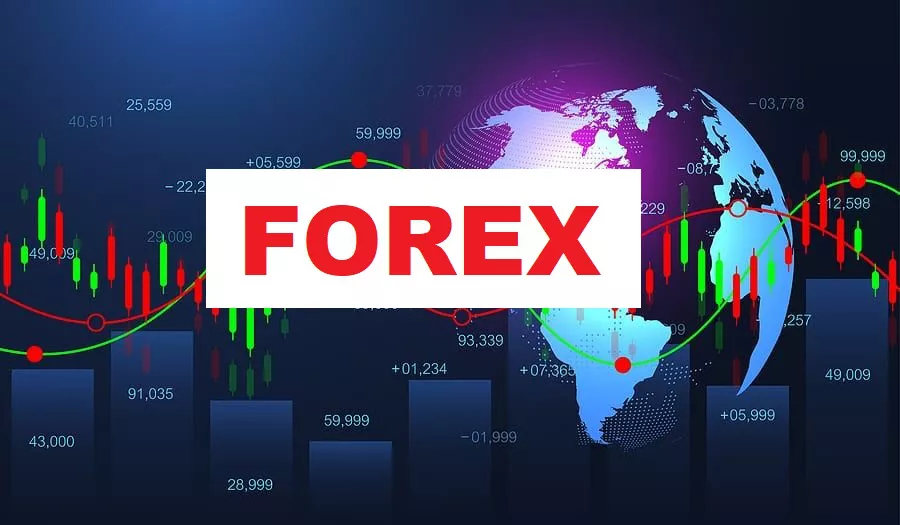The U.S. Dollar (USD) is more than just a currency used in the United States; it plays a crucial role in global finance. Understanding what the USD means is essential for grasping the mechanics of international trade, investments, and economic policies. As the world’s primary reserve currency, the U.S. Dollar holds significant influence in various aspects of global markets, from foreign exchange to commodity pricing.
The USD is issued and regulated by the U.S. Federal Reserve, which ensures its stability and reliability. This article explores the meaning of USD in a broader context, breaking down its importance, historical background, and its presence in global transactions.
The U.S. Dollar’s History: From Gold Standard to Fiat Currency
The story of the U.S. Dollar dates back to the 18th century when it was first adopted as the currency of the United States. Initially, the U.S. Dollar was tied to the gold standard, a system where the value of the dollar was directly linked to a specific quantity of gold. This system provided stability, but it also limited the flexibility of the U.S. government in managing monetary policy.
In 1971, the U.S. abandoned the gold standard under President Richard Nixon. The U.S. Dollar became a fiat currency, meaning its value was no longer tied to physical commodities like gold. Instead, the value of the dollar is determined by market forces and the policies of the U.S. Federal Reserve.
USD as the World’s Primary Reserve Currency
One of the most significant aspects of USD is its role as the world’s primary reserve currency. Central banks around the world hold vast amounts of U.S. Dollars in their reserves. This is largely because the dollar is seen as a stable and reliable currency, backed by the economic power of the United States.
Countries hold U.S. Dollars for various reasons. It acts as a store of value, a medium of exchange, and a unit of account in international transactions. In fact, more than 60% of global foreign exchange reserves are held in U.S. Dollars. This dominance is reinforced by the fact that many commodities, such as oil, are priced in USD, making it the go-to currency for international trade.
USD and Global Trade: The Currency of Choice
The U.S. Dollar is the most commonly used currency for international trade. Countries and companies prefer to use USD for cross-border transactions because it is widely accepted, stable, and liquid. This makes it easier to negotiate trade deals and settle payments in USD, as both parties are assured of the currency’s value.
For example, when oil-producing nations sell oil to countries around the world, they usually demand payment in USD. This has led to the creation of a global network of financial institutions that deal primarily in U.S. Dollars, further cementing the currency’s central role in international commerce.
The U.S. Dollar’s Impact on Exchange Rates
The value of the U.S. Dollar has a profound impact on exchange rates. A strong USD can make imports cheaper for the United States, while a weaker dollar can make U.S. exports more competitive abroad. As a result, fluctuations in the value of the dollar can have wide-ranging effects on global trade dynamics.
When the U.S. Dollar strengthens against other currencies, it increases the cost of foreign goods and services for American consumers. Conversely, when the USD weakens, U.S. products become more affordable to foreign buyers, boosting exports. These fluctuations in exchange rates are closely monitored by businesses and governments worldwide.
USD and Foreign Exchange Markets: The Cornerstone of Forex Trading
The U.S. Dollar is the most traded currency in the world, accounting for about 88% of all currency transactions in the foreign exchange (Forex) market. Forex traders buy and sell U.S. Dollars in vast quantities, taking advantage of its liquidity and widespread acceptance.
The value of the USD in the Forex market is influenced by various factors, including interest rates set by the U.S. Federal Reserve, economic data, geopolitical events, and global market sentiment. Because of its dominance in Forex markets, the USD is often referred to as the “king of currencies.”
The Role of USD in Global Investments
In addition to its role in trade and currency markets, the U.S. Dollar plays a central role in global investment strategies. Many international investors hold U.S. assets, such as U.S. Treasury bonds, stocks, and real estate, denominated in U.S. Dollars. These investments are seen as a safe haven, particularly during times of global uncertainty.
Investors also use the U.S. Dollar as a benchmark for assessing the performance of other currencies. For instance, the value of the euro, Japanese yen, and British pound is often quoted in terms of how they compare to the U.S. Dollar.
USD and the Global Financial System: Central Banks and Monetary Policy
Central banks around the world, including the European Central Bank (ECB) and the Bank of Japan (BOJ), hold large quantities of U.S. Dollars as part of their foreign exchange reserves. The U.S. Dollar’s role in the global financial system is further enhanced by the fact that many central banks use it as a benchmark for setting their own monetary policies.
The policies of the U.S. Federal Reserve, which governs the supply and interest rates of the U.S. Dollar, have a direct impact on global financial markets. When the Federal Reserve adjusts interest rates, it can cause shifts in the value of the USD, affecting global trade, investments, and currency markets.
USD as a Safe Haven Asset in Times of Crisis
During times of economic instability or geopolitical tension, the U.S. Dollar is often considered a safe haven asset. Investors flock to the USD in times of crisis, seeking stability and security. This is because the U.S. Dollar is backed by the economic strength of the United States, making it a trusted store of value during uncertain times.
For instance, during the global financial crisis of 2008, the U.S. Dollar strengthened as investors sought refuge in the currency. Similarly, during periods of geopolitical uncertainty, such as the U.S.-China trade war or military conflicts, the demand for USD increases, driving up its value.
The Future of USD: Challenges and Opportunities
Despite its dominance in global markets, the U.S. Dollar faces some challenges. Other currencies, such as the euro and the Chinese yuan, are gaining influence in international trade and finance. However, the USD is likely to remain the dominant global currency for the foreseeable future due to the size and stability of the U.S. economy.
The rise of digital currencies and blockchain technology could also impact the future of the USD. Central banks around the world are exploring the potential of central bank digital currencies (CBDCs), which could offer an alternative to traditional fiat currencies. However, the widespread adoption of digital currencies remains uncertain, and it is unlikely to replace the U.S. Dollar anytime soon.
Conclusion
The U.S. Dollar has proven to be more than just the currency of the United States. It is the cornerstone of the global financial system, facilitating international trade, investment, and monetary policy. Its dominance in Forex markets, its role as a reserve currency, and its position as a safe haven asset in times of crisis all contribute to its enduring importance.
While challenges exist, the U.S. Dollar’s position as the world’s primary currency is likely to remain intact for the foreseeable future. As the global economy evolves, the USD will continue to play a central role in shaping the future of finance and international trade. Understanding what USD means is essential for anyone involved in global markets, as its influence reaches far beyond the borders of the United States.
Related topics:


































